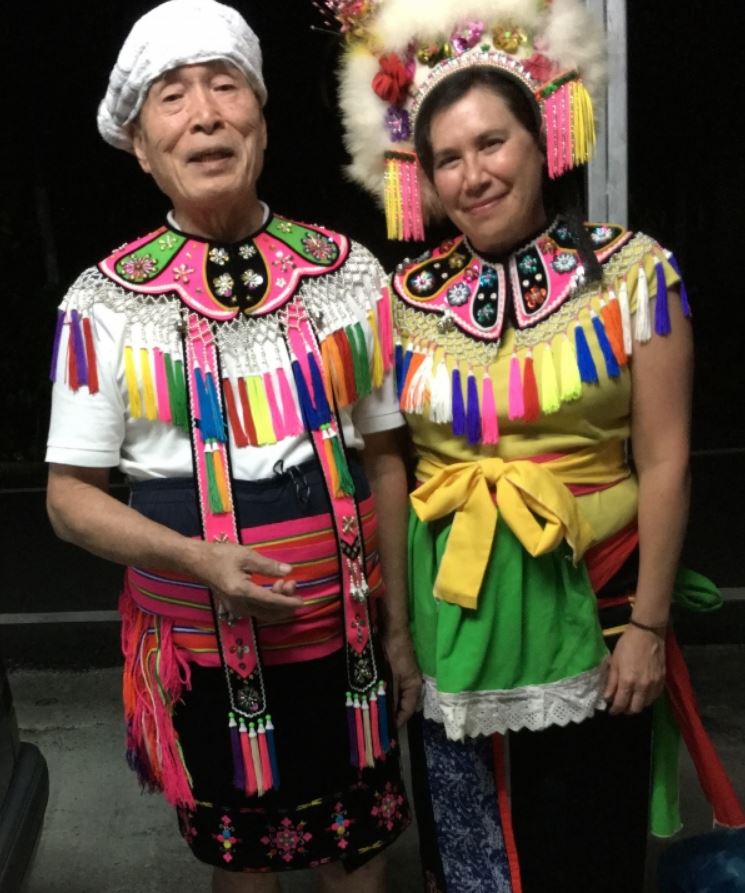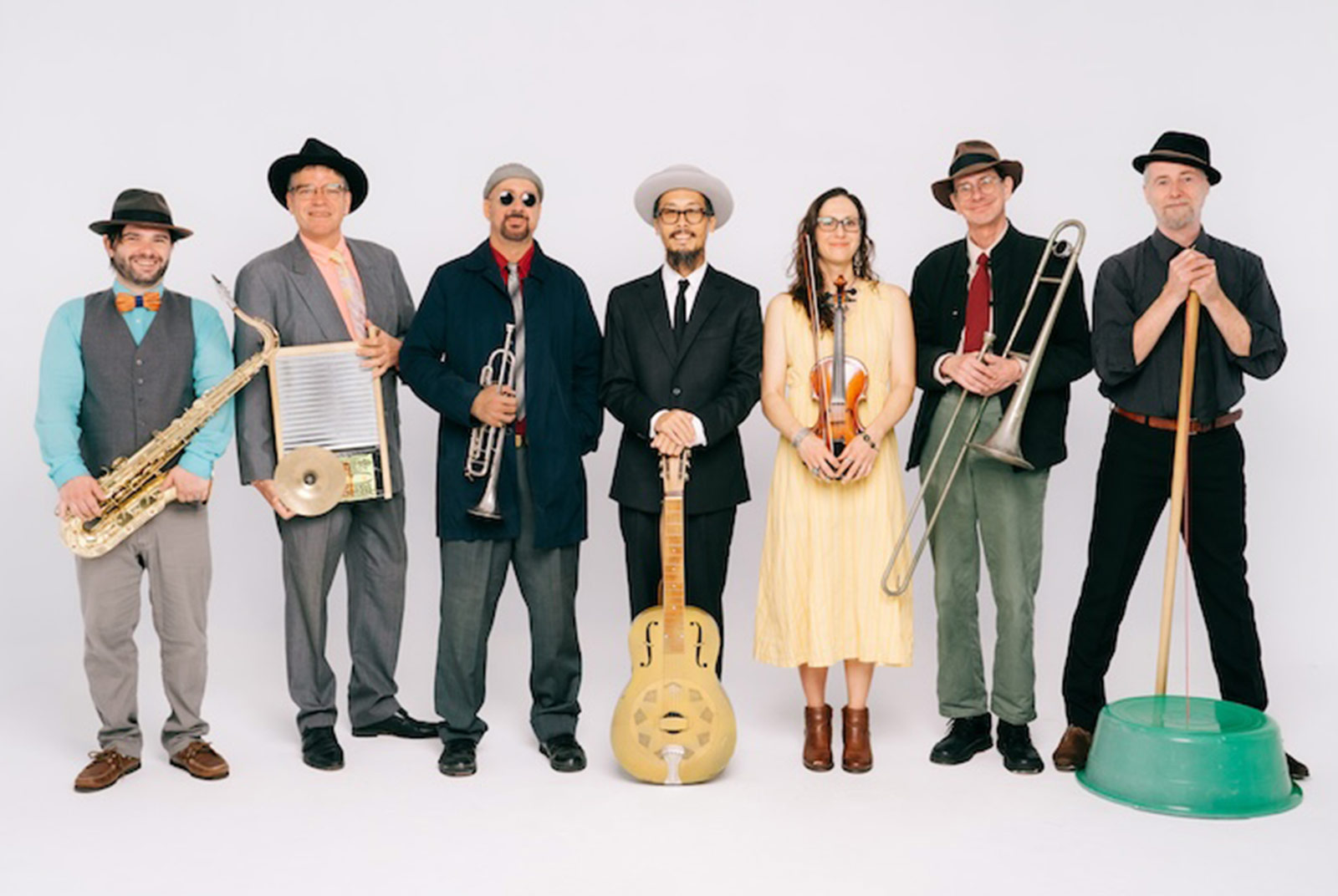Wild, Tame, and In-Between
Traditional Agricultural Knowledge of Taiwan Indigenous People
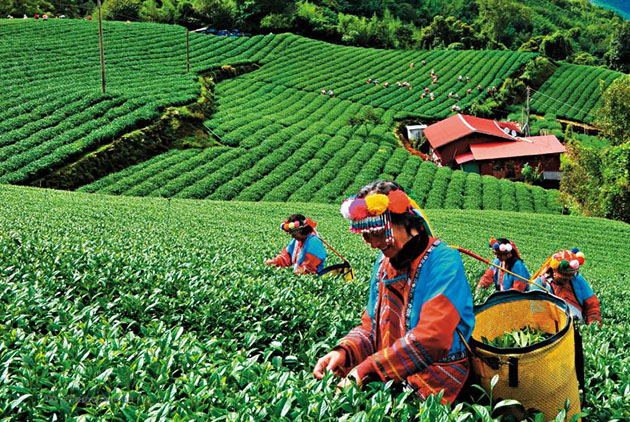
Source:Chia-ying Chu
Today, 75% of the world’s plant food is made up of only 12 species. This dramatic impact on the world’s agro-biodiversity is accompanied by accelerating environmental degradation, the loss of diverse cultural understandings and appreciation of food, and an increasingly bland globalized menu – one that isn’t even very healthy. Luckily, diverse culture and food have an ancient and fascinating history in Taiwan.
Views
Traditional Agricultural Knowledge of Taiwan Indigenous People
By Pei-Lin Yuweb only
Many of us would agree that Senator J. William Fulbright’s vision of “a world with a little more knowledge and a little less conflict” will feature healthy ecosystems, appreciation of cultural diversity, and of course, delicious food. However, the world has been moving in the wrong direction over the past century.
Today, 75% of the world’s plant food is made up of only 12 species. As of 2010, three (rice, maize, and wheat) provided nearly 60 percent of the calories and proteins that humans derive from plants (F.A.O 2010, 1999) and this trend continues (Khoury et al. 2014). This dramatic impact on the world’s agro-biodiversity is accompanied by accelerating environmental degradation, the loss of diverse cultural understandings and appreciation of food, and an increasingly bland globalized menu – one that isn’t even very healthy.
Luckily, diverse culture and food have an ancient and fascinating history in Taiwan.
Hunting and fishing practices stretch back to Paleolithic times, and the earliest farming of rice and millet date to Neolithic pioneers who likely migrated to Taiwan from across the Taiwan Strait around 6,000 years ago (Chang and Goodenough 1996, Li 2013, Tsang 2005).
Growing from these ancient roots, the earliest indigenous farmers developed a mosaic of agricultural techniques that take full advantage of mountain, plain, and coastal habitats. Their descendants took to the high seas, exploring and trading with the islands of Southeast Asia, then dispersing to the farthest reaches of the Pacific Ocean (Liu 2009, Rollett et al. 2000). In addition to a seafaring maritime diet, it’s likely these people packed a variety of crops for experimentation in new lands (Bulbeck 2008).
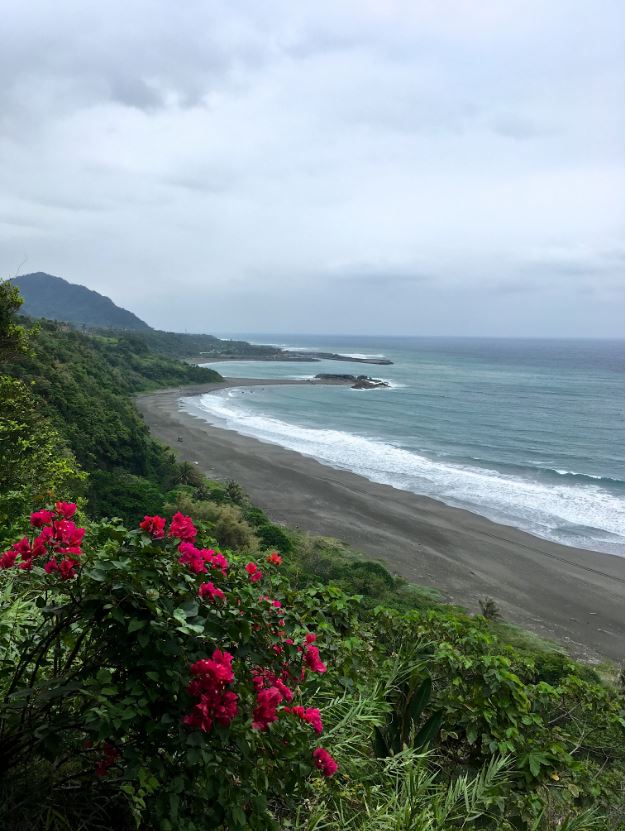
Family
My personal journey to Taiwan is also rooted in restlessness. It began when my father Jiunn Yu, born and raised in Taichung, boarded a plane to America in 1960 in pursuit of a degree in electrical engineering. Barely speaking English, he took a bus across an America roiled by the Civil Rights Movement, where in southern states mixed-race marriages were illegal. By cramming hard and working nights as a janitor, he was awarded a scholarship. And by July 1964, he had earned his PhD, met and married my American mother, and began a family.
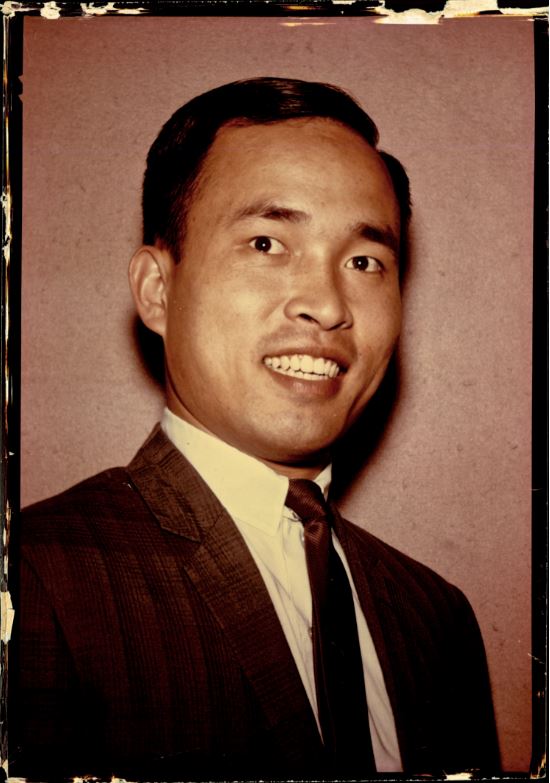
My childhood awareness of our family’s mixed race background, and growing up alongside many Native American friends in New Mexico, set my path for anthropology. After a stint as a Forest Service archaeologist, by 1992, I was conducting fieldwork in Venezuela amongst a forager-gardener tribe. I learned a great deal about the role of traditional knowledge in the subtropical human-food-environment nexus – from lifetime practicing experts (Greaves 1997, Yu 1997).
These foragers were not interested in settling down to farm, even after being faced with pressure from the government. Fascinated by the tribe’s resolve, I focused my dissertation research on the archaeological traces of ancient decisions to switch from foraging to farming in America’s desert southwest. For nearly 20 years as a government archaeologist, I continued to learn from Native colleagues and experts and collected data in other regions, gaining appreciation for the role of traditional ecological knowledge in asking well-informed questions about the past.
When my father moved back to Taiwan in the 2000s, I jumped on the opportunity to see him. We visited the Atayal village of Smangus and Thao villages near Sun Moon Lake, and there I saw an opportunity to bring family history and research interests together full circle. With the generous support of Fulbright Taiwan, I embarked in December 2016 on a long-term project to learn more about the evolutionary side of indigenous Taiwanese farming.
Ancient Decision-making
The momentous step of producing our own food, which happened independently at least six times across the world, involved a series of decisions by foraging people who, up until that point, relied exclusively on wild resources. New data about foragers (Kelly 2014) shows that the decision-making process is much more interesting, complex, and relevant than researchers – mostly the descendants of farmers – have previously assumed. To study these ancient decisions requires knowledge about key characteristics of ancient environments and cultures.
Traditional agricultural knowledge has detailed information about adaptational characteristics of old crop types that would have influenced the decision to move from foraging to farming. This knowledge can help us develop conceptual models for how quickly the transition may have happened, when it might revert back to foraging, and why.
 Figure 3. A Pumé forager of Venezuela, digging wild roots in 1993. They have deliberately chosen not to cultivate seed crops. Photo credit: Charles Hilton
Figure 3. A Pumé forager of Venezuela, digging wild roots in 1993. They have deliberately chosen not to cultivate seed crops. Photo credit: Charles Hilton
My research under the Fulbright Senior Scholar fellowship focuses on traditional agricultural knowledge of old crops and edible wild plants among the Amis and Paiwan people. My working hypothesis is based on background ethnographic research, much of it by Dr. Lo Su-mei and Dr. Hu Jer-Ming, on wild edible plants. This research was facilitated by strong, long-term relationships already established by researchers at National Taiwan University: Dr. Lo Su-mei and Dr. Hu Jer-Ming work in Amis communities, and Dr. Chen Maa-ling in Paiwan communities.
I have expanded my original list from taro, millet, and rice to include data for newer crops that influence use of the ancient varieties. By using an evolutionary approach, I can assess the costs and benefits of different crop types and farming techniques, and how wild plants complement cultivated varieties. This approach will give insights into the reasons that agriculture might or might not attract an inquisitive but non-committal forager, and a potential rank order of crop adoption once the decision to begin farming has been reached:
Edible wild plants, semi-domesticated plants, and tubers (taro and sweet potato) require little management and are versatile and resilient to minor fluctuations. Millet and Chenopodium formosanum (hong li in Mandarin) require the most intensive management for sowing, thinning, maintenance, harvest, and storage. Dry rice farming is intermediate. I expect that indigenous farmers today will describe them along a roughly graded scale from low cost/low risk/moderate yield to high cost/high risk/high yield.
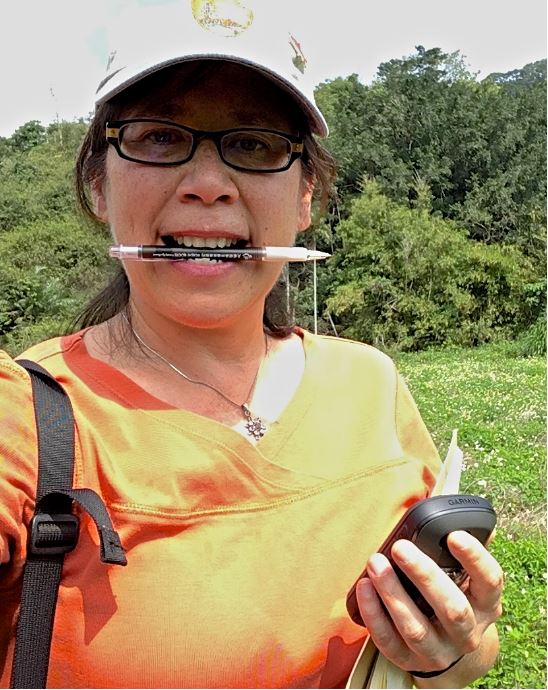
To test this hypothesis, I conducted oral history interviews with tribal elders in the Amis communities of Donghe, the Atayal communities of Nanshan and Wulai, and the Paiwan community of Gaoshi. I also mapped six gardens or fields, and conducted three “focal follows” of individuals working in the fields and gardens. Finally, to get a better idea of the technology of Taiwan’s first farmers, I examined and measured a sample of earliest Neolithic stone tools and animal remains at the National Taiwan University Museum of Anthropology.

Preliminary Results
The preliminary results of my fieldwork appear to support the hypothesis that seed crops are overall more costly in time, labor, and resources and more risky in returns compared to tubers and wild edibles. However, once those risks are overcome, their yields can be quite high.
An interesting example is removing extra seedings, or “thinning:” most of the people whom I interviewed agreed that wild edible plants sprout in any garden or field, and require little time to mature and thinning is not required. Taro and other tubers can be planted vegetatively (just using a stem), and thinning is not required.
On the upper end of the spectrum, millet, hong li, and rice all must be thinned after they sprout. Rice seedlings can be simply replanted to new paddies. However, millet and hong li seedlings require rain softened earth, and if conditions are too dry, the seedlings must be discarded. This introduces an element of risk and wastage. The body of ritual knowledge surrounding millet is consistent with an understanding that this plant is a high risk, high return investment. Thus, oral history data for post-planting cost, risk, and benefit support my current hypothesis of low to moderate to high for Taiwanese crops.
The role of edible wild and semi-domesticated plants is significant in traditional farming knowledge, particularly among Amis farmers (Lo and Hu 2014). Wild plants are encouraged in fields and gardens, people make frequent gathering trips to field-mountain zones, and most families eat wild plants daily.
The Donghe Amis are very particular about keeping them chemical-free. Other indigenous groups reported that wild plants are eaten less frequently or have been abandoned. This information has important implications for the foraging to farming interface: wild plants have been an dependable, nutritious complement to cultivated crops from the beginning. Semi-domesticated plants such as the bird’s nest fern (Asplenium spp.) would have allowed for a low-cost food source that could be encouraged in shady forested settings adjacent to open fields.
Another unexpected piece of information concerns constant pilfering of crops by monkeys, birds, insects, deer, and other predators. Monkeys in particular can cause an entire harvest to be lost. Clearly, the vulnerability of above-ground domesticates requires extensive pest control measures and constant human monitoring, an important consideration to a mobile forager pondering a switch to farming.
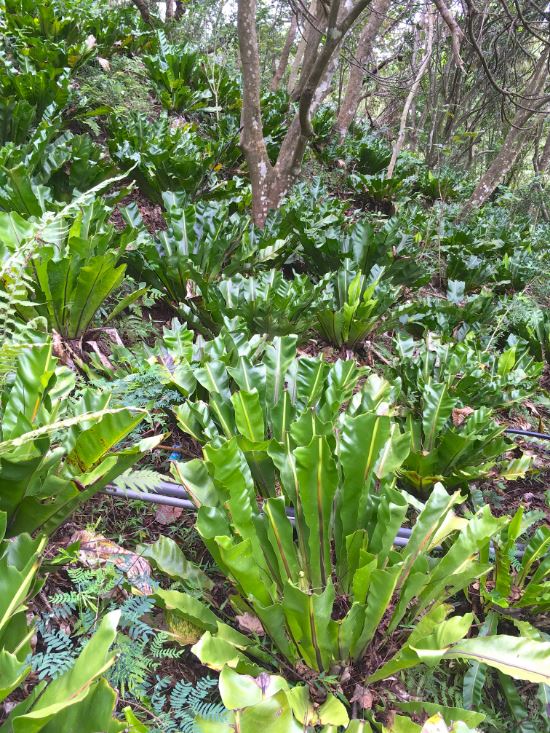
Finally, a very interesting aspect of recent interviews involved historic economics. The oldest interviewees gave detailed information about the effects of Japanese colonial period levies on rice: the commandeering of indigenous rice harvests had cascading effects that included the cessation of rice consumption by indigenous farmers, heavy dependence on taro, sweet potatoes, and wild plants to feed households, and reduced cultivation of labor-intensive millet and hong li. The pattern continued in a slightly different form after the departure of the Japanese, with taxation and exorbitant charges by some rice processing facilities. This information from my interviewees supports the characterization of tubers and wild species as dependable fallbacks when seed crops are not available due to climate, monkeys, rapacious government officials, or any other reason.
The next step is archaeological assessment of this hypothesis to evaluate its usefulness in explaining the agricultural transition. Potential lines of evidence include reliable chronological dates, analysis of stone tools for starchy or fatty plant residues, sampling cultural soils for micro-botanical remains, and analysis of shapes and wear patterns on possible plant processing artifacts. Two important geographic areas are the earliest Neolithic of Taiwan (Dapenkeng Culture, c. 6,000-5,000 years before present) and earliest Polynesian societies (Lapita Culture c. 3,500 years BP).
Reflections and Conclusion
Indigenous elders paint a detailed picture: Taiwan’s rich indigenous farming heritage has been repeatedly impacted by geopolitical and economic shockwaves in recent years.
After the departure of the Japanese, indigenous farmers tried planting rice again, but price gouging and illegal high interest loans associated with Han-owned rice processing facilities drove indigenous farmers away once more. In the 1960s and 70s, many turned to deep sea fishing along the east coast or jobs of the urban industrialized economy. The resulting absence of young people has dealt a heavy and irreversible blow to traditional millet farming, and indeed indigenous cultural continuity, across the island.
Yet, pockets of traditional agricultural knowledge persist in many communities (Lo and Hu 2014). The revitalization of millet and hong li is developing in Paiwan country, and along the east coast, traditional ecological knowledge about wild and semi-domesticated plants remains strong and multi-generational. Increasing participation of indigenous communities in land management, particularly in forested mountains, can potentially establish new criteria for sustainable management of hunted species alongside cultivated lands. And anthropologists are in a position to help.
In Donghe village, an Amis man memorably said: “The things we tell you might become lost except for anthropologists who write them down. We are glad you’re doing this.”
For thousands of years, through sea level rises and falls, droughts, landslides, typhoons, and earthquakes, colonization by Dutch, Spanish, Japanese, and Han people, through war, poverty, loss of land, culture, language, and family life, traditional agricultural knowledge has made it possible for indigenous communities to carry on.
This knowledge originated with ancient Neolithic farmers and made possible one of the greatest episodes of seafaring migration and colonization in the history of humanity.
In closing, the expression of Taiwan’s indigenous agricultural knowledge in varied crop types, habitats, and techniques offers potential insights into the cultural evolution of other sub-tropical centers of agriculture. Further, indigenous Taiwanese crops and cultivation techniques can inspire and inform the development of conceptual models for diverse, resilient food production systems in our rapidly changing world.
Acknowledgments
I would not have been able to realize this project without the generous support of many people. First, heartfelt thanks to Dr. Lo Sumei and Dr. Chen Maa-ling at National Taiwan University (NTU), Department of Anthropology. Drs. Lo and Chen offered important insights based on their decades of anthropological and archaeological fieldwork, sponsored me at indigenous communities, gave me tips on manners, travel, and data collection, provided key literature, facilitated museum access, and introduced me to many new friends and colleagues. The provocative research into edible wild plants of indigenous Taiwan, conducted by Dr. Lo and Dr. Hu Jer-Ming of the NTU Institute of Ecology & Evolutionary Biology, takes information about traditionally used plants into new evolutionary directions (Lo and Hu 2014).
Dr. Hu Chia-yu of the NTU Museum of Anthropology discussed innovative consultation and repatriation approaches between museums and indigenous communities. Ms. Chen Chiou-pin and Dr. Tsai Ming-Jer of National Taiwan University College of Forestry introduced me to indigenous Bunun co-management partners in the Heshe Tract, and generously shared information about projects and practices for forestry management in the Indigenous Co-Prosperity program. Mr. Gao Wen-Zhun, Head of the Donghe Village Community Development Association, facilitated interviews and provided excellent maps and documents pertaining to the culture, landscapes, and history of Donghe Village. Dr. Lin Chau-chin (my big Dragon brother) and Dr. Lu Sheng-shan of the Taiwan Forestry Research Institute hosted me at the Fushan and Lienhuachih experimental forests and facilitated interviews with Atayal families, and provided me with gao-liang for toasting. Dr. Liu Yi-Hsin hosted me and my father at the Taimali Experimental Forest and introduced us to members of the Jintong Paiwan community.
My special thanks to Dr. William Vocke, Ms. Charlie Cheng, Ms. Jennifer Wu, Ms. Cherry Yen, Mr. Sam Chiou, Ms. Iris Chien, Ms. Ashley Deng, anonymous proposal reviewers, and all the wonderful people at Fulbright Taiwan. They believed in this project, welcomed me and my Fulbright cohort with open arms, helped us navigate the critical first few weeks here, organized and hosted thought-provoking symposia and conferences, and helped senior scholars get the word out about our research and the Taiwan experience. Senator Fulbright would be proud.
I owe an enormous debt of gratitude to the many people of Amis, Atayal, and Paiwan communities who generously shared their traditional knowledge and expertise, time, food, sweet rice wine, and laughter during interviews and field visits. In particular, the Elders are the bridge between the past and future. Due to research protocols, I do not list their names here.
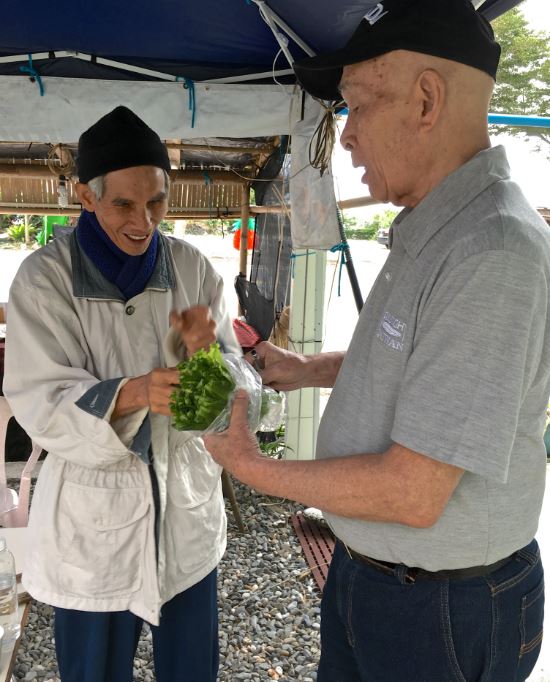
Finally, I recognize my father, Dr. J. Yu, whose enterprising spirit and curiosity led him out of Taiwan 57 years ago to a life of exploration, risk-taking, and holistic thinking. From his original interest in medicine to path-breaking contributions to the field of electromagnetics and alternative energy, and – most recently – intrepid anthropological work in indigenous villages, fields, and forests, Dad personifies intellectual and personal growth throughout life. His interviewing and translation prowess have enriched my research, and his companionship has bolstered my confidence and sense of fun. Words cannot express my gratitude for his belief and support, and I am already looking forward to our next adventure.
Edited by Sharon Tseng
Additional Reading
♦ ‘One-Day Farmer’ Tour Has Hit Abroad
♦ The Hakka Cultural Renaissance Memories Along a Mountain Route
♦ Ten Iconic Cultural Features of Taiwan

The Foundation for Scholarly Exchange (Fulbright Taiwan) is one of 49 bi-national/bilateral non-profit organizations established to administer the Fulbright educational exchange program. For more information on the grants see the Fulbright Taiwan website. Research & Reflections is an online publication of submissions from Fulbright Taiwan grant recipients. We hope that it can help fulfill the Fulbright Taiwan's mission of cross-cultural understanding and knowledge-generation. Read more at Research & Reflections.
About the Author
Dr. Pei-Lin Yu, Associate Professor of Archaeology at Boise State University, has a Taiwanese father and an American mother. Dr. Yu has worked in public archaeology and indigenous cultural heritage for 28 years and lived with hunter-gatherers in South America for two years. She is eager to explore and respect Taiwan’s cultural diversity past and present.
References
- Bulbeck, D. 2008. “An Integrated Perspective On The Austronesian Diaspora: The Switch from Cereal Agriculture to Maritime Foraging in the Colonisation of Island Southeast Asia.” Australian Archaeology 67(2008): 31-51.
- Chang, K. C., and W. H. Goodenough. 1996. “Archaeology of southeastern China and its bearing on the Austronesian homeland,” In Prehistoric Settlement of the Pacific, W. H. Goodenough, ed. Pp. 28-35. American Philosophical Society, Philadelphia.
- Focus, F.A.O. 2006. “Women: users, preservers and managers of agro-biodiversity.” Accessed on May 12, 2017 at http://citeseerx.ist.psu.edu/viewdoc/download;jsessionid=2BB791DFD15ED4EF10EAE1AC83D930E3?doi=10.1.1.395.2601&rep=rep1&type=pdf
- Khoury, C.K., Khoury, A. D. Bjorkman, H. Dempewolf, J. Ramirez-Villegas, L. Guarino, A. Jarvis, L. H. Rieseberg, and P. C. Struik. Increasing homogeneity in global food supplies and the implications for food security. Proceedings of the National Academy of Sciences 111.11 (2014): 4001-4006.
- Kelly, R. L. 2013. Lifeways of Hunter-Gatherers: The Foraging Spectrum. Cambridge Press, Cambridge.
- Li, K. T. 2013. “First Farmers and Their Coastal Adaptation in Prehistoric Taiwan.” In A Companion to Chinese Archaeology, A.P. Underhill, ed. Pp. 612-633. John Wiley & Sons.
- Liu, Y. C. 2009. “Prehistory and Austronesians in Taiwan: an archaeological perspective.” In Austronesian Taiwan: Linguistics, History, Ethnology, Prehistory, D. Blundell, ed. Pp. 365-400. N. W. Lin Foundation for Culture and Educational Endowment, Berkeley.
- Lo, Su-mei and Jer-min Hu. 2014. “Knowledge and Practices of Wild Edible Plants of the Amis of ‘Tolan: Contents and Social Distribution of a Locally-bound Traditional Ecological Knowledge System.” Pacific History Association 21st Biennial Conference 2014, Taitung, Taiwan. Platform for Agrobiodiversity Research, F.A.O.
- Food and Agriculture Organization of the United Nations. 2010. “Biodiversity for food and agriculture: Contributing to food security and sustainability in a changing world. Outcomes of an Expert Workshop held by FAFAO and the Platform on Agrobiodiversity Research, 14–16 April 2010 in Rome, Italy.” Food and Agriculture Organization of the United Nations and the Platform for Agrobiodiversity Research, Rome.
- Rolett, B.V., W.C. Chen, and J. M. Sinton. 2000. “Taiwan, Neolithic seafaring and Austronesian origins.” Antiquity 74: 62–74.
- Tsang, C. H. 2005. “Recent discoveries at the Tapenkeng Culture Sites in Taiwan: Implications for the problem of Austronesian origins,” In The Peopling of East Asia: Putting Together Archaeology, Linguistics, and Genetics. Sagart, L., R. Blench, and A. Sanchez-Mazas, eds. Pp. 63-73. Routledge Curzon, New York.

